Description
Fair Trade Cooperative: Negele Gorbitu
FLO ID# 897
The Negele Gorbitu cooperative was established in 1996, shortly after the fall of the communist regime in Ethiopia and the formation of the Federal Democratic Republic, which introduced regional divisions based on traditional ethnic lines. Starting with a modest seed capital of 400 birr, 64 founding members came together to form the cooperative on the border of the Oromia and Yirgacheffe regions.
Coffee Production in Ethiopia: A General Overview
Ethiopia is widely regarded as the birthplace of coffee and plays a pivotal role in global coffee production. The country’s diverse landscapes, ranging from highlands to lowland regions, create ideal conditions for cultivating both Arabica and Robusta coffee. Coffee is cultivated across multiple agroecological zones, primarily at elevations between 1400 and 2200 meters above sea level. Key production regions include Sidama, Yirgacheffe, Guji, Limu, and Jimma, among others. Ethiopia’s coffee industry is deeply rooted in its culture and history, with coffee often being a central part of social and ceremonial life.
Coffee farming in Ethiopia occurs through four primary systems: forest, semi-forest, garden, and plantation. The majority of production is by smallholder farmers using traditional, low-input methods. Shade-grown and organic cultivation is common, often under native tree canopies, supporting high levels of biodiversity. The majority of coffee in Ethiopia is produced by smallholder farmers, many of whom grow coffee alongside other crops on small family farms. While larger plantations do exist, they account for a smaller portion of the total production. Ethiopia’s coffee is predominantly Arabica, with varieties ranging from the distinctive washed coffees of Yirgacheffe to the natural coffees from regions like Sidama and Harrar.
Ethiopian coffees are genetically diverse, often composed of native varieties rather than standardized cultivars. This genetic variability contributes to complex and regionally distinct flavor profiles. They are also highly valued in the specialty coffee market for their complex flavor profiles, which can include notes of floral, fruity, and herbal characteristics, depending on the region and processing method.
The harvest season spans from October to March, depending on region and elevation. Selective hand-picking is the standard harvesting method. Post-harvest processing is either washed (wet) or natural (dry), with regional preference and infrastructure determining the method. Washed processing is prevalent in the south, while natural processing is more common in the west and some southern areas.
Ethiopia employs a unique supply chain structure involving cooperatives, private exporters, and the Ethiopian Coffee and Tea Authority. Coffee is a key export commodity, accounting for a significant portion of national foreign exchange earnings and rural employment. Challenges include limited access to agricultural inputs, fluctuating market prices, climate change impacts, inconsistent infrastructure, and regulatory changes affecting market dynamics.

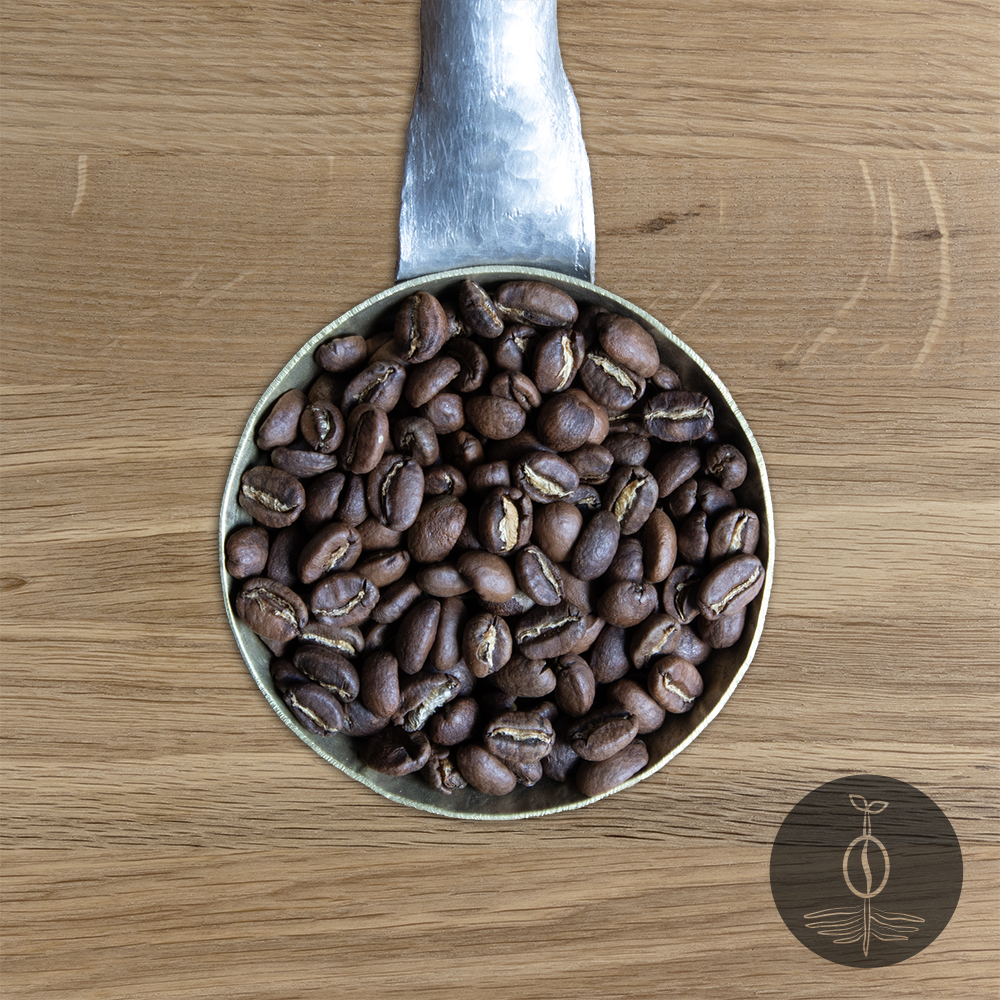
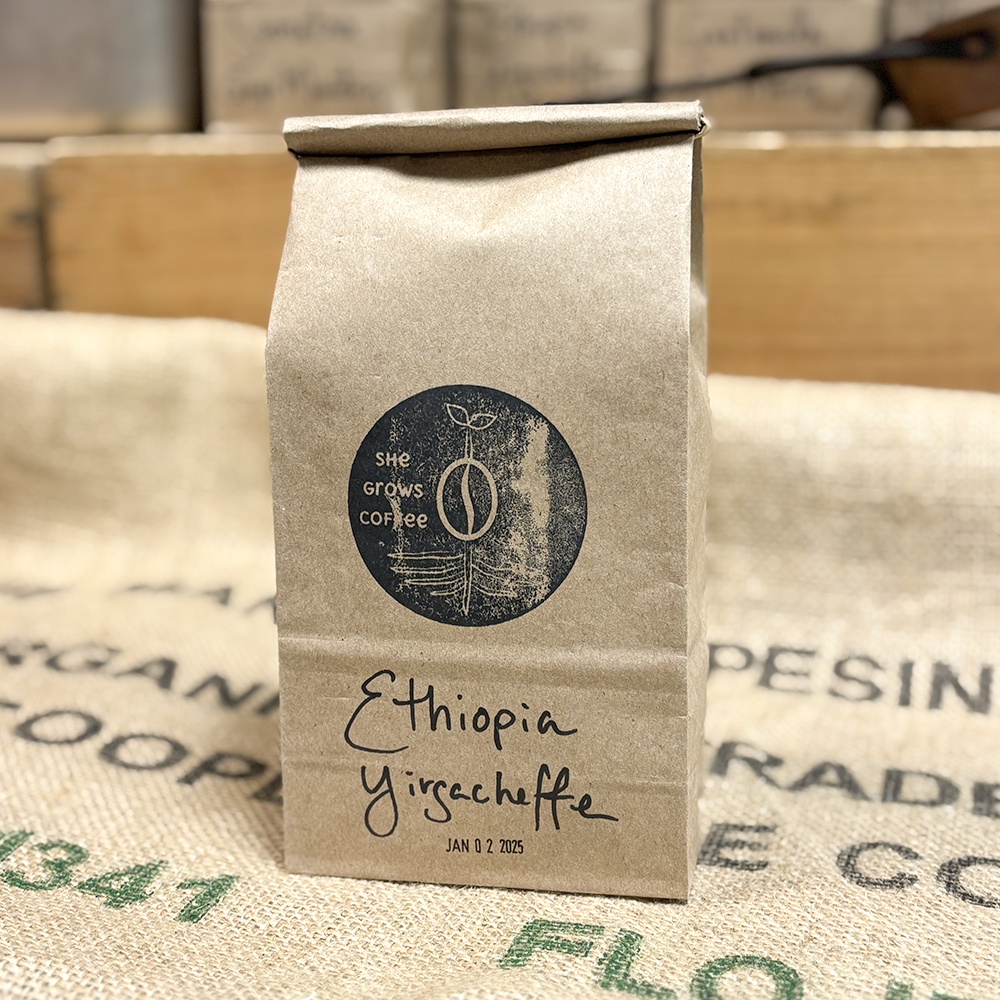
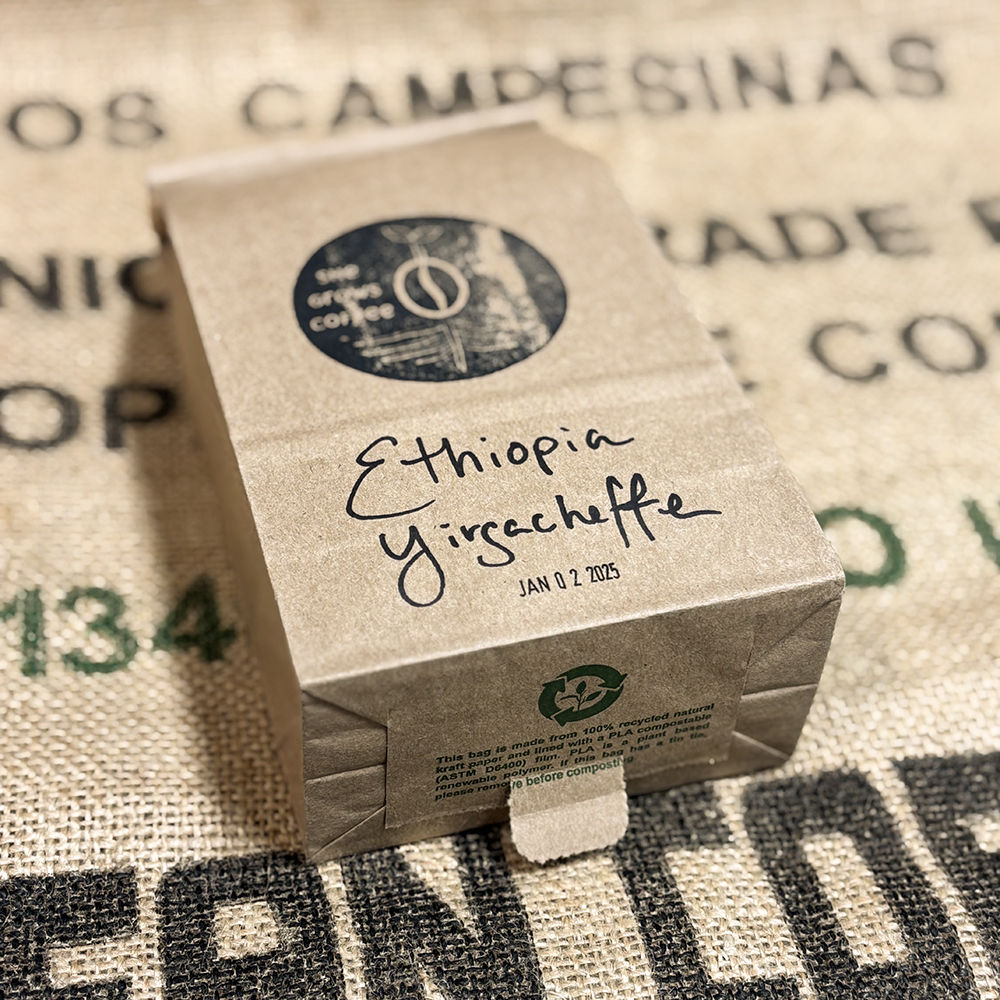
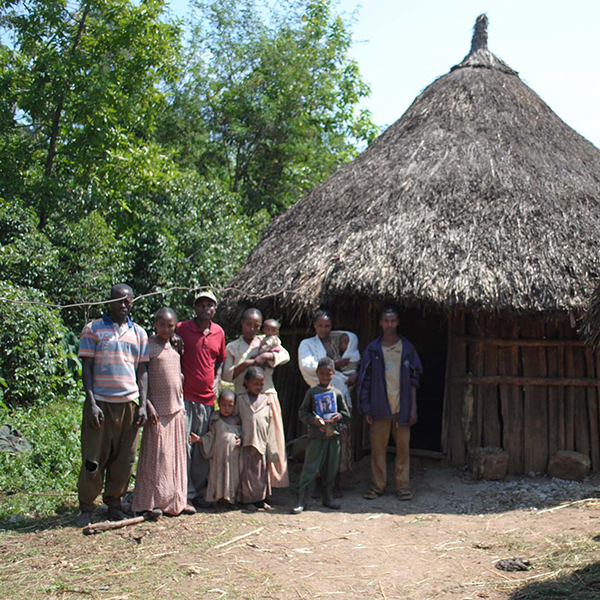
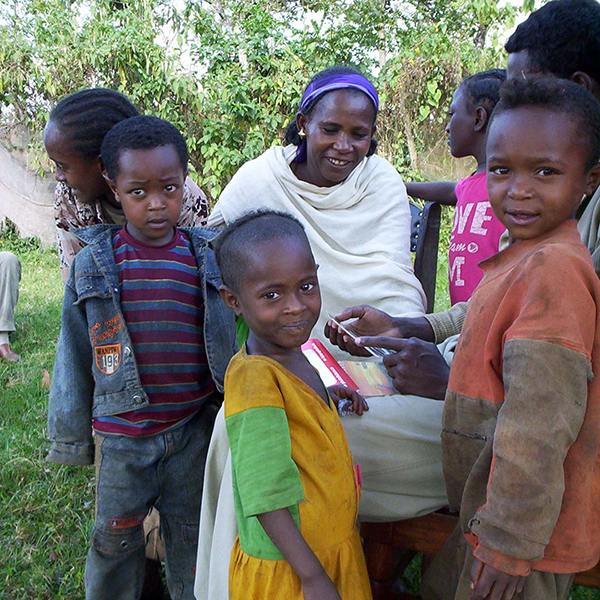
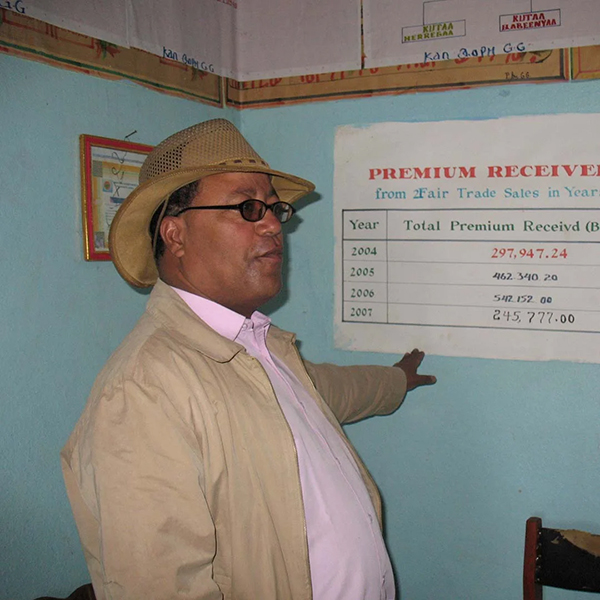
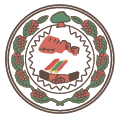


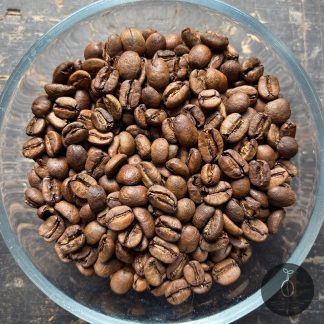
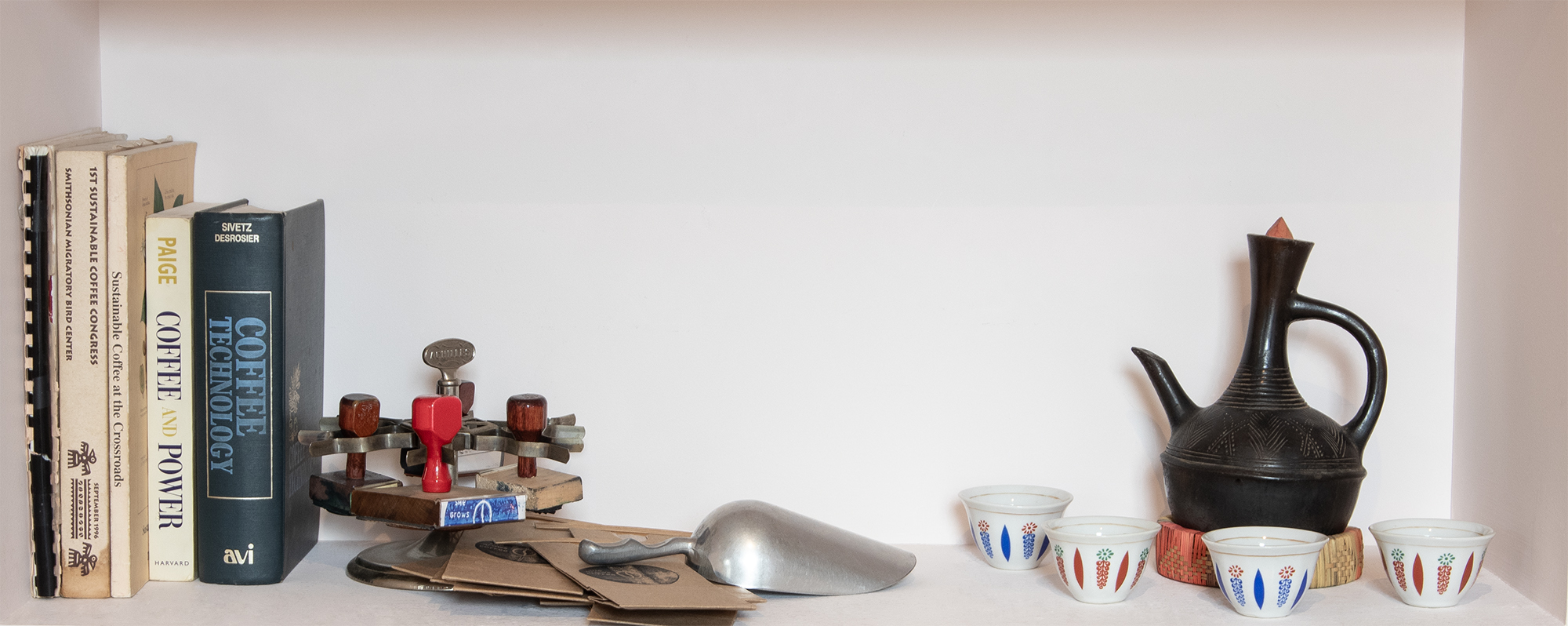
Reviews
There are no reviews yet.